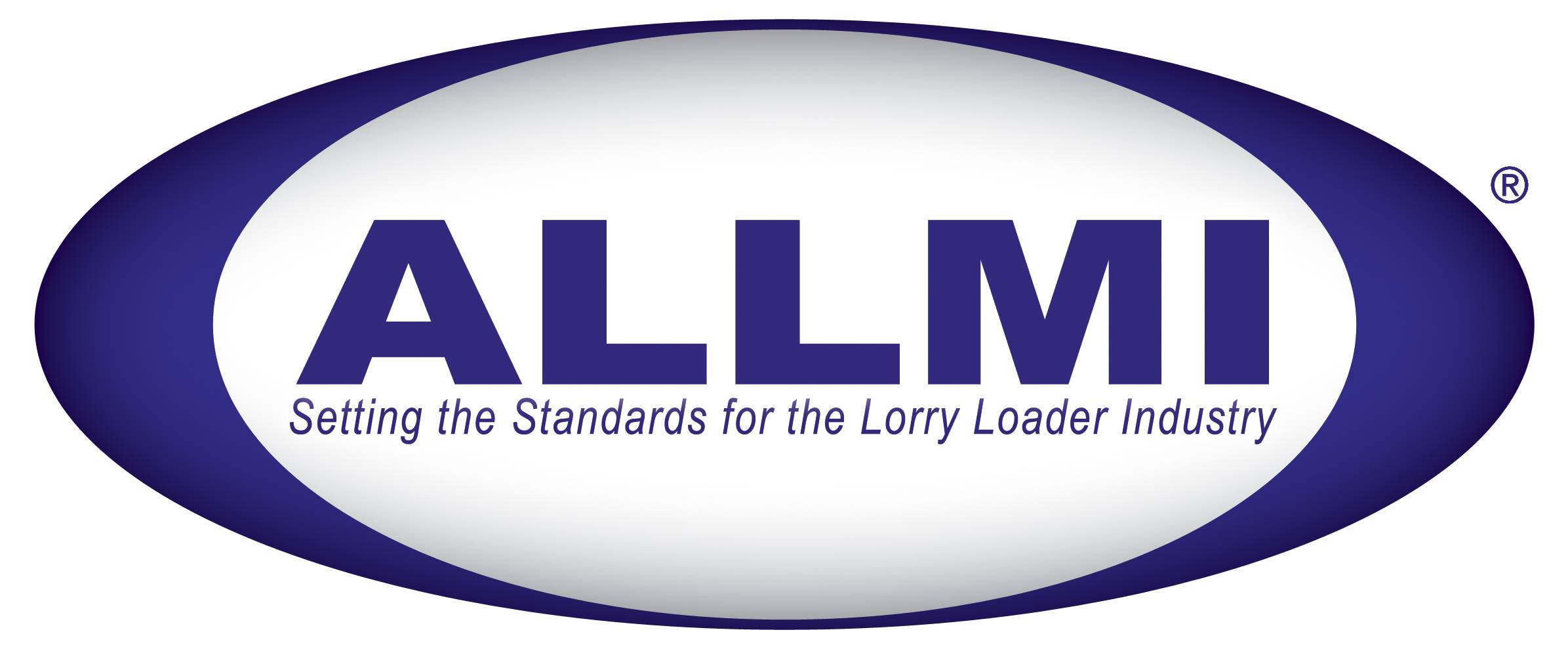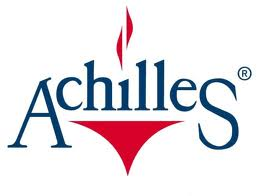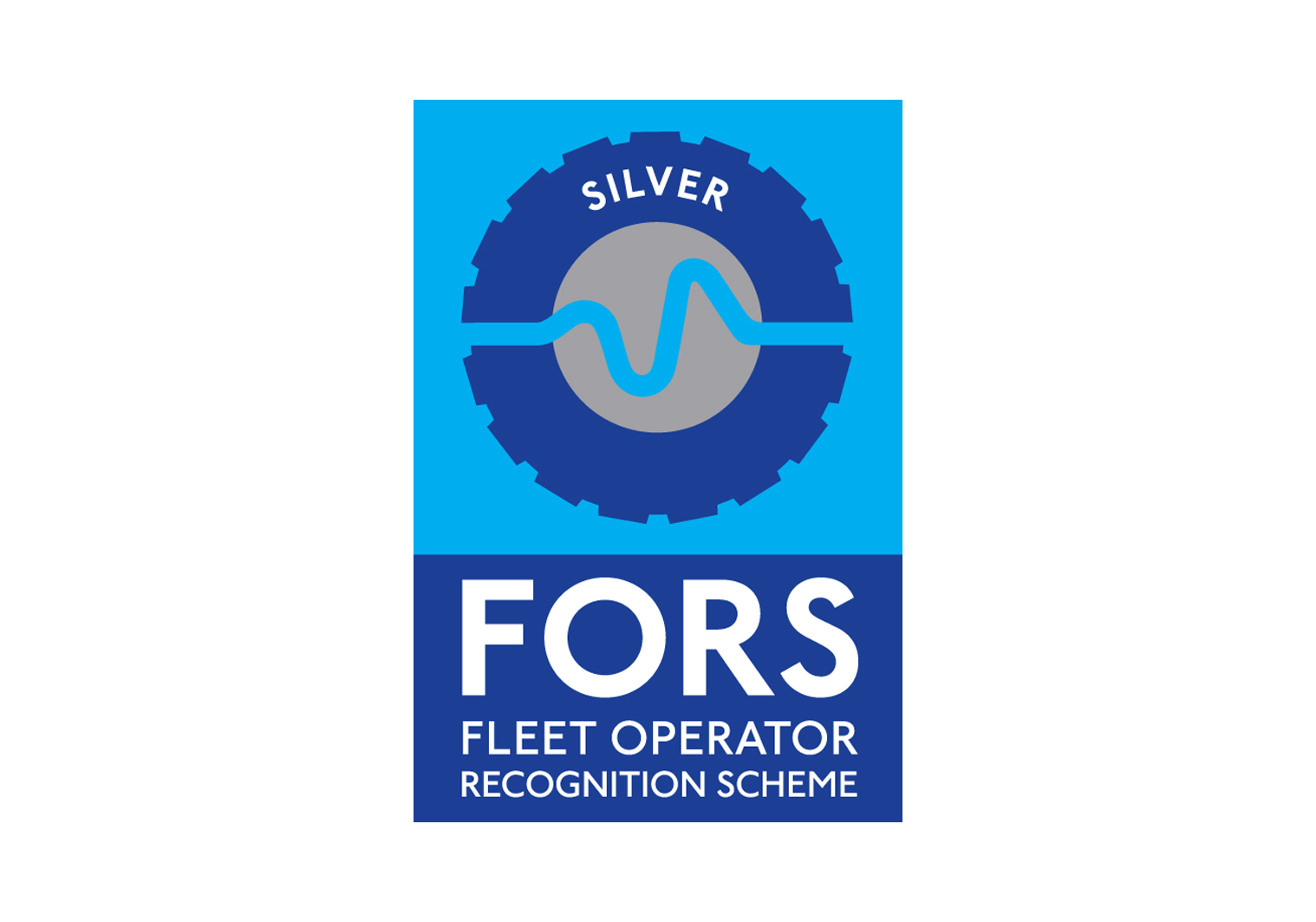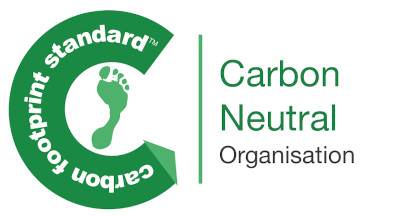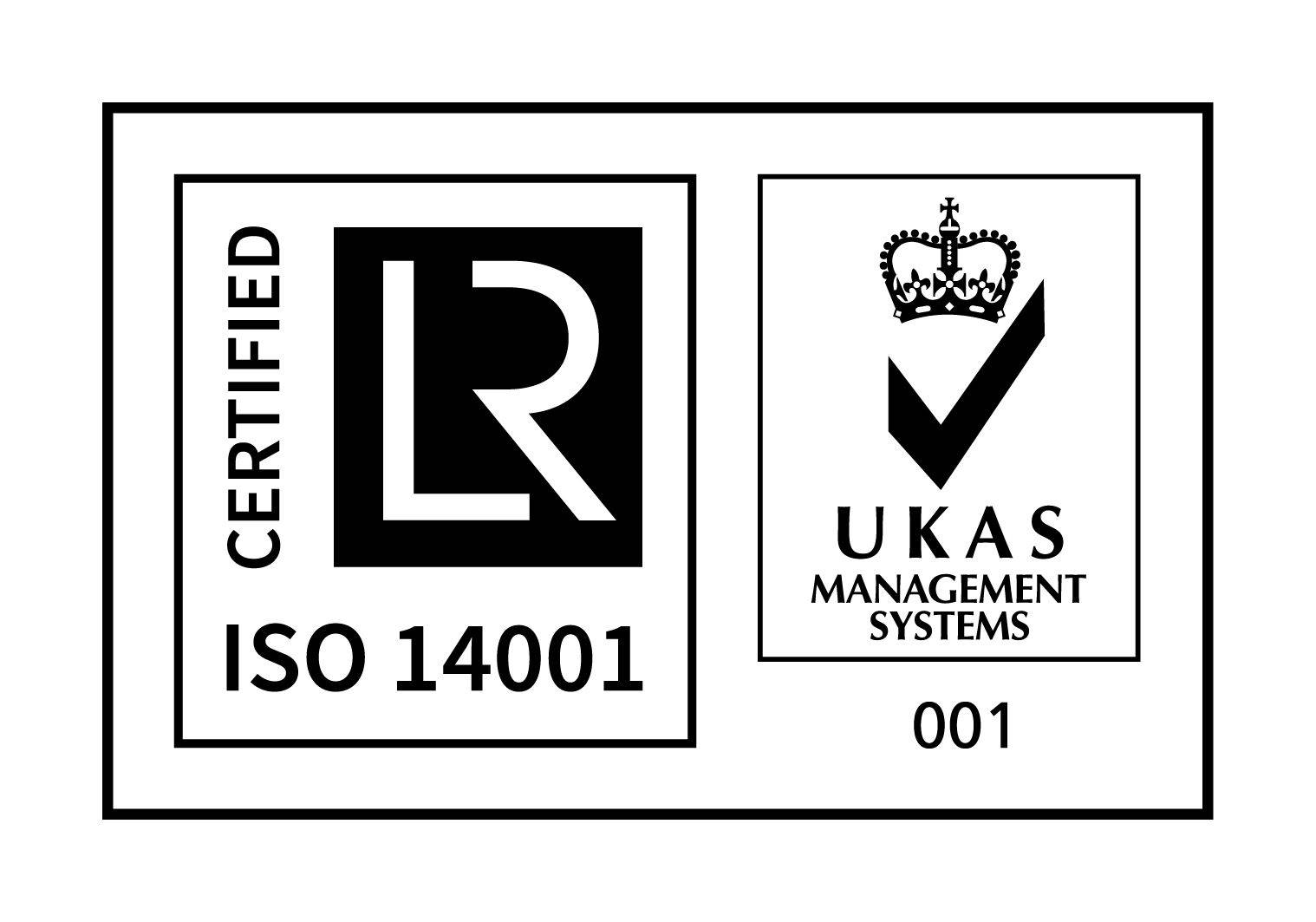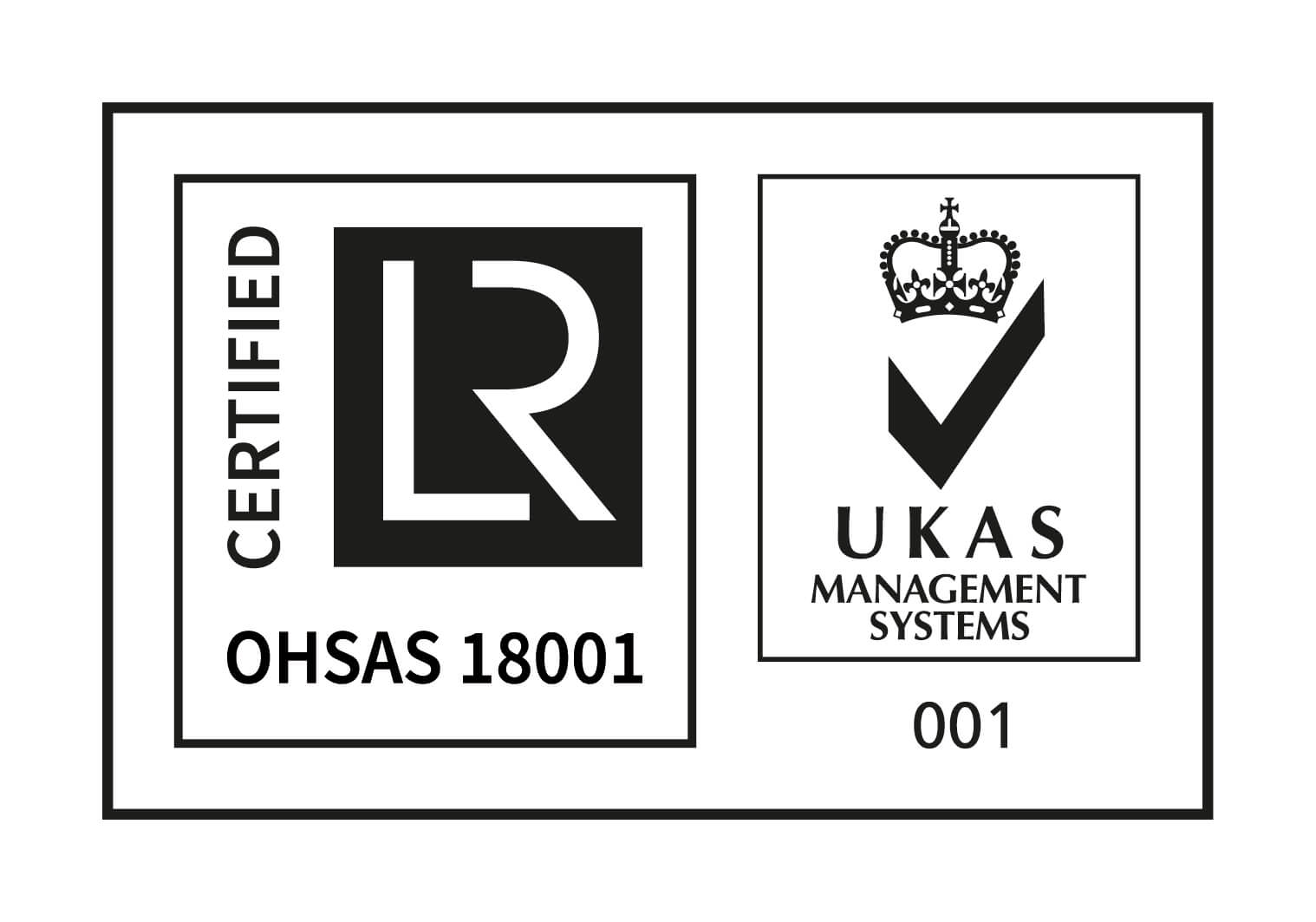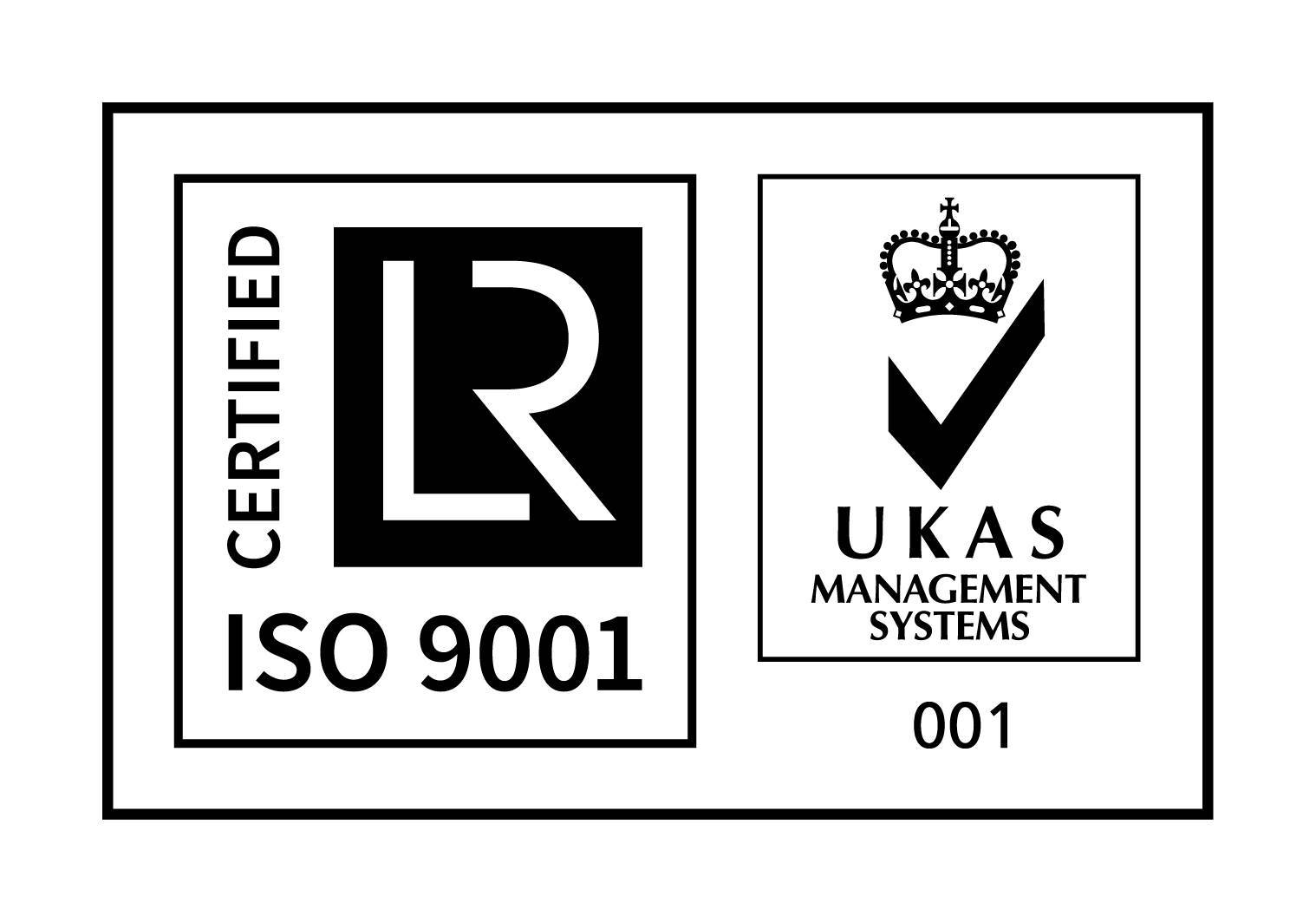Knowing the classification of aggregates
Aggregates are an essential part of most construction projects, from large-scale commercial to smaller domestic works. Whether you need aggregates to form a sub-base for foundations or paving, decorative aggregates for driveways and footpaths – it is best to know which one will work the best.
Here at N.D Brown, we offer a wide range of grab hire trucks which are perfect for dealing with aggregates of all types.
For this blog, we will talk you through the different classifications of aggregates, based on their varying properties.
Classifying aggregates based on – Grain Size
If you separate aggregates by size, there are two overriding categories; fine and coarse.
The size of fine aggregates is defined as 4.75mm or smaller, which can be passed through a number 4 sieve, using a mesh size of 4.75mm. Fine aggregates include things such as sand, silt and clay plus crushed stone and crushed gravel.
Generally, fine aggregates are used to improve the workability of concrete mix.
Coarse aggregates measure above the 4.75mm limit. They are more likely to be natural stone or gravel that hasn’t been crushed or processed. These aggregates reduce the amount of water needed for a concrete mix, which reduces workability and improves its innate strength.
Classifying aggregates based on – Density
There are three weight-based variations of aggregates; lightweight, standard and high-density.
Different density aggregates have very different applications. For example, lightweight and ultra-lightweight aggregates are more porous than other heavier counterparts. This means they can be put to great use in green roof construction. They can also be used in mixes for concrete blocks and pavements plus insulation and fireproofing.
High-density aggregates are used to form heavyweight concrete. They are used when high strength, durable concrete structures are needed, such as building foundations or pipework ballasting.
Classifying aggregates based on – Shape
The shape is one of the most effective ways to tell aggregates apart. The shape of your chosen aggregate has a significant effect on the workability of your concrete. Those purchased in batches from a reliable supplier can be consistent in shape plus are also able to mix aggregate shapes if required.
What are the different shapes of aggregates?
- Rounded – Natural aggregates that have been smoothed by weathering, erosion and attrition. Rocks, stone, sand and gravel found in riverbeds are the most common rounded materials.
- Irregular – Also shaped by attrition, but not fully rounded, consisting of small stones and gravel.
- Angular – Used for higher strength concrete, angular aggregates come in the form of crushed rock and stone.
- Flaky – Defined as thin when compared in length and width and increases the surface area in a concrete mix.
- Elongated – Elongated aggregates are longer than they are thick or wide.
- Flaky and elongated – A mix of flaky and elongated, and is widely considered to be the least efficient aggregate.
- Knowing about the various classifications is the best place to start when planning a concrete construction project.
Contact us with any questions
If you have any questions about aggregates or the use of skip hire vehicles for transporting them, please do not hesitate to get in touch with us today.
About ND Brown
ND Brown Ltd is a specialist independent truck rental and sales company of over 40 years’ standing. Owned and operated by the same dedicated management team since its inception, ND Brown’s efforts are focused on supplying the utility, civil engineering, municipal and highway maintenance industries with high-quality modern HGV vehicles for both short and long-term self-drive hire.
From our sales division, we also sell a wide, but specialised range of new and used commercial vehicles.
Please call us on 01902 791991 or email us on enquiries@ndbrown.co.uk


